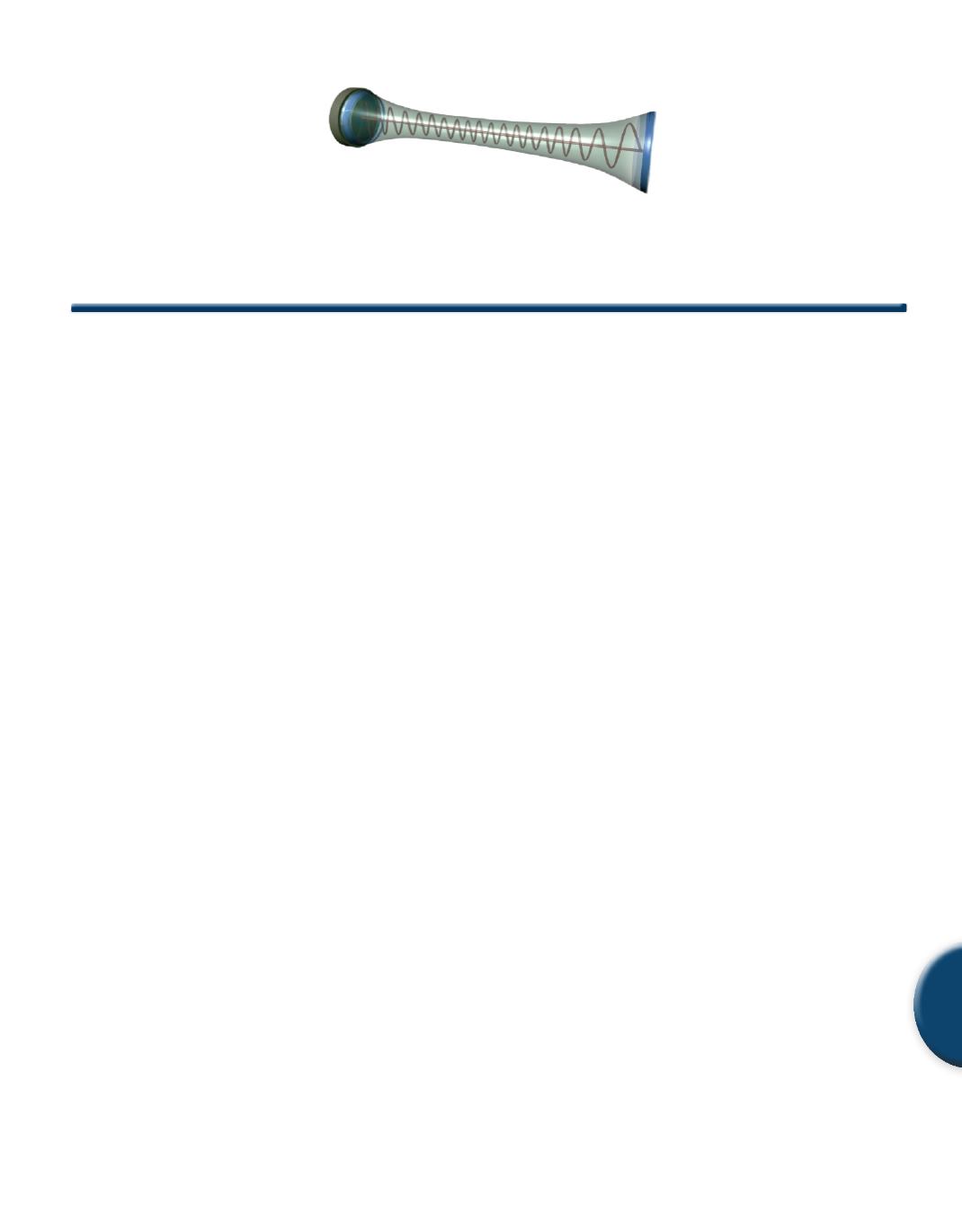
Patient Care and Sonographer Safety
Chapter 19
Chapter 19: Patient Care
487
19
Good Practices of Patient Care
Introduction
Several of the various credentialing exams have incorporated patient
care, safety, and communication topics into their content outlines.
Since this text is used in ultrasound curricula nationally and inter-
nationally, this chapter on Patient Care has been added to provide
sonography students with a brief overview of patient care issues.
This chapter is not intended to replace comprehensive patient care
texts or courses, but only to serve as a brief overview.
In general, imaging professionals provide two aspects of patient
care: a professional (technical) component and a human compo-
nent. While the professional component focuses on image and data
acquisition,the human component of patient care involves showing
respect,compassion,empathy,concern and warmth toward patients
and their family members.
1
Patient care is improved when ultra-
sound professionals are able to integrate both aspects of patient care
into the delivery of the ultrasound exam.
1. Safety Aspects of Patient Care
Sonography professionals have the obligation to provide a safe en-
vironment for patients. Areas to be evaluated with regard to patient
safety include (but are not limited to) equipment performance,
technical proficiency of the sonographer, patient identification,
and verification that the correct clinical exam is being performed.
1.1 Equipment Performance
Routine equipment maintenance is key in preventing and identify-
ing equipment malfunction. Large institutions have the benefit of
an in-house biomedical engineering department to provide main-
tenance. The bio-medical engineering department provides a wide
range of functions which includes preventive, emergency, and rou-
tine maintenance. If a facility does not have access to a biomedical
department to oversee equipment maintenance, it is recommended
to obtain a maintenance contract with an outside firm. In addition
to an establishedmaintenance program tomonitor equipment safety,
phantoms testing is valuable in monitoring the sensitivity of the
transducer over time. If transducers are damaged or degrade, the
sensitivity will be affected. Because phantom testing is a technically-
challenging, specific skill, it is recommended to contract with a
firm familiar with this type of testing unless your facility employs
personnel proficient in phantom testing Sonographers should be
aware of any damaged or poorly functioning equipment, including
non-imaging equipment, such as wheelchairs and exam tables.
1.2 Patient Safety
It is incumbent upon the sonographer to safeguard the patient. Spe-
cifically,the sonographer should always follow theALARA principle
so as to minimize the risks to the patient of bioeffects (Discussed in
detail in
Chapter 9
). Additionally, you should make sure that your
equipment is kept in good working order to assure high quality
scans. Transducers should be inspected before each use to assure
that there is no damage. Transducers with physical damage to the
transducer head or cabling should not be used and therefore,in order
to avoid the risk of electrocution, should never come into contact
with the patient. As discussed in Chapter 11, transducers should
be cleaned between patients to minimize the risks of spreading
communicable diseases.
1.3 Technical Proficiency
Developing and maintaining proficient ultrasound skills is founda-
tional providing quality patient care. Demonstrating competency
by becoming certified in the appropriate ultrasound specialties is
essential in ensuring that patient exams are being performed by
knowledgeable professionals. Credentialing exams test minimum,
entry-level skills. After achieving credentialing,continuingmedical
education programs facilitate continued learning. The laboratory
Medical Director and Technical Director should have a mechanism
in place to verify that each sonographer has been evaluated and
has demonstrated competency in their scanning skills. Although
patients often are unaware of the various credentialing agencies for
the many different healthcare providers with whom they come in
contact, they assume that caregivers have the requisite education
and have demonstrated competency prior to becoming employed
and performing patient examinations.
Carolyn Coffin, RDMS, MPH, RDMS, RDCS, RVT


